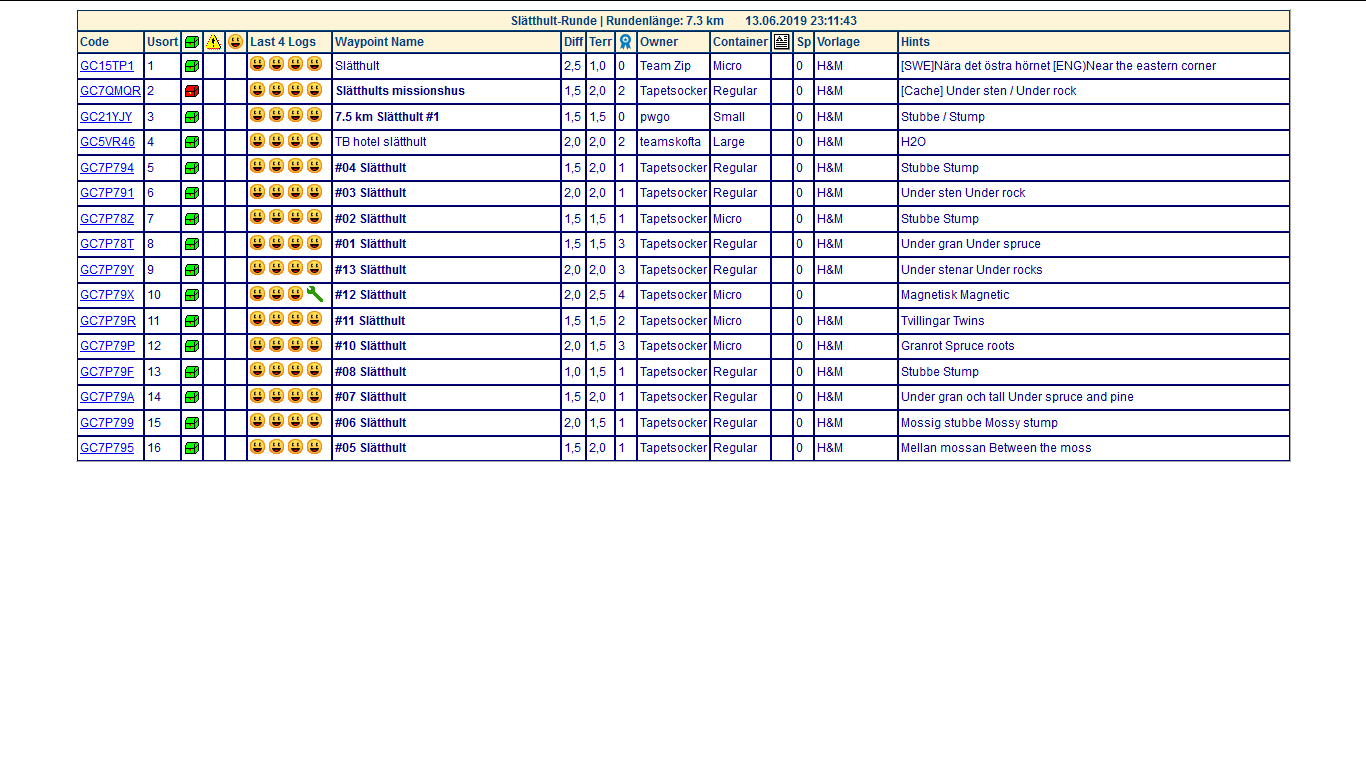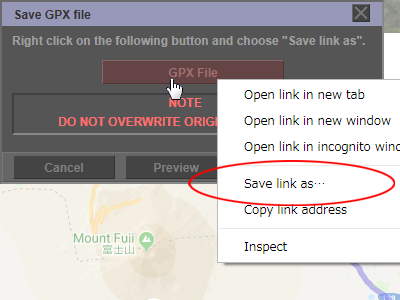

- #GPX EDITOR TO ADD POINTS UPGRADE#
- #GPX EDITOR TO ADD POINTS PRO#
- #GPX EDITOR TO ADD POINTS CODE#
- #GPX EDITOR TO ADD POINTS DOWNLOAD#
Why bother with GPX files today? First, comparing raw GPX files to mapped GPX files is a simple, clear way to explain why mapping adds value. Much has changed over that time: Educators and students now have a myriad of types of files and objects in those files to map-points, lines, polygons, grids, images, and more. I used them extensively in the many geocaching courses that I created in city parks, riparian zones, field lab sites, and elsewhere for years to foster spatial thinking. The actual GPX file contains hundreds more GPS points as latitude-longitude values, each coordinate pair occupying one line in the data file.įifteen years ago, GPX files were one of the few types of files that were mappable. You can see the latitude, longitude, elevation, date and time, and other information at the time I collected this particular information (when I was teaching on the campus of Oklahoma State University). In a text editor, a GPX file looks like this, below.

#GPX EDITOR TO ADD POINTS PRO#
Mapping the output from these files in ArcGIS Pro and ArcGIS Online is straightforward using the methods described in this essay.
#GPX EDITOR TO ADD POINTS DOWNLOAD#
New Functionality (January 12, 2014): Use the drag handles to select the portion ofīug Fix (January 7, 2014): Trying to download large files will crash the browser.Īdded a message to use the copy and paste method instead.GPX files, in GPS Exchange Format, are text files in XML format containing geographic information such as waypoints, tracks, and routes, as real-world coordinates. New Functionality (January 26, 2014): Added zoom to the selected portion of the ride. New Functionality (March 8, 2014): Add ability to add elevation from Google Maps Thanks for sending along these two changes! Points to smooth over and the ability to shift the slope upwards or downwards. New Functionality (September 13, 2014): Added the ability to adjust the number of Slope graph for Kostya,Īdded "Hide Original" checkbox, swap order of min and max slope boxes. New Functionality (November 1, 2014): Added a Distance vs. New Functionality (January 1, 2015): Added elevation profile and changed slope to a If there is no elevation in the GPX file anĪrbitrary value of 100 metres will be used for elevation. Google Maps elevation is no longer available free of charge, so the functionality to add elevationįunctionality Change(January 21, 2019): When an elevation tag is missing, the GPX Smoother will add anĮlevation tag containing the same value as the previous point.
#GPX EDITOR TO ADD POINTS UPGRADE#
New Functionality (March 23, 2019): Make the smoother page responsive.īug Fix (February 16, 2019): Fix the tooltips and upgrade to d3.js v5.īug Fix & Remove Google Maps functionality (February 2, 2019): Fix for adding the previous elevation to a
#GPX EDITOR TO ADD POINTS CODE#
The code for the GPX Smoother is now on github at. This allows you create a ride similar to a Slope-Distance Catalyst ride. Slide the triangular handles on the smaller graph to select only a portion of the ride Flatten - lets you set the maximum change in slope between any two points. Set Range - lets you set the maximum and minimum Smooth - uses simple box-score smoothing to smooth The resulting GPX file can be saved to a file and then imported back into The GPX Smoother lets you load a GPX file and apply a few different "smoothing" algorithms It is next to impossible to remove steepĭownhill grades that I don't want as part of my indoor training. Slow and still leaves a lot of spikes in elevation. I love riding GPS routes on my Tacx trainer, but I wasn't happy with the built-inįunctionality for changing the elevation profile of a ride.


 0 kommentar(er)
0 kommentar(er)
